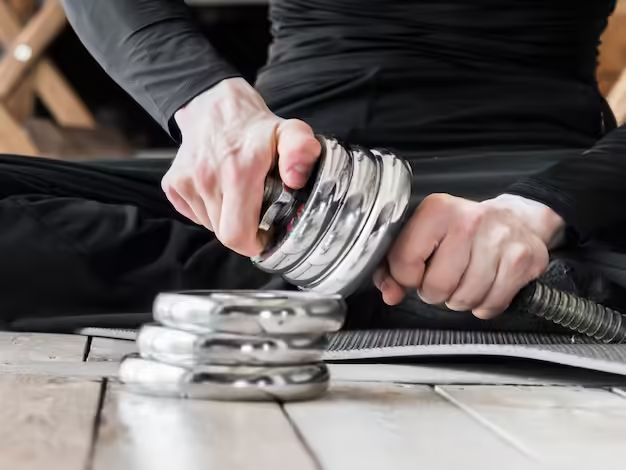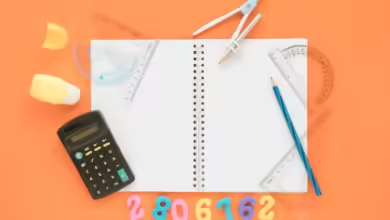A Step-by-Step Guide to Replacing the 21061 v belt replacement

The 21061 V-belt is a common component in many machines and equipment, designed to transfer power efficiently between pulleys. Over time, V-belts can wear out due to friction, tension, or aging, and replacing them is crucial to maintaining the performance of your machinery. This guide walks you through the process of replacing a 21061 V-belt safely and effectively.
Tools and Materials Needed
- Replacement 21061 V-belt
- Screwdrivers or wrench set
- Safety gloves and goggles
- Cleaning cloth or brush
- Lubricant (if necessary)
- Flashlight (for better visibility in tight spaces)
Step 1: Safety First
- Turn Off the Equipment: Ensure the machinery is powered off and unplugged to prevent accidents. If the machine operates on fuel, disconnect the spark plug or ignition source.
- Allow Cool-Down: If the equipment was in use, wait for it to cool down to avoid burns or injuries.
Step 2: Locate the V-Belt
- Access the Belt Area: Open or remove the cover protecting the V-belt. Refer to your equipment’s manual for specific instructions on accessing the belt compartment.
- Inspect the Components: Check the pulleys and belt for wear, debris, or damage. This is also a good time to clean the pulleys to ensure a smooth replacement process.
Step 3: Remove the Old V-Belt
- Release the Tension: Loosen the tensioning mechanism by adjusting the tensioner pulley or sliding the motor mount. This will create slack in the belt, making removal easier.
- Remove the Belt: Carefully slip the old belt off the pulleys. If it’s stuck, gently pry it loose with a screwdriver or by hand.
Step 4: Install the New 21061 V-Belt
- Position the Belt: Place the new V-belt around the pulleys, ensuring it aligns properly with the grooves. Double-check the orientation to avoid misalignment.
- Adjust Tension: Tighten the tensioner pulley or motor mount until the belt is snug but not overly tight. The belt should have about ½ inch of deflection when pressed at its center.
Step 5: Final Checks
- Inspect Alignment: Verify that the belt is seated correctly on all pulleys and that there is no misalignment. Misalignment can lead to premature wear or slippage.
- Rotate the Pulley: Manually rotate the pulleys to ensure the belt moves smoothly without resistance or wobbling.
- Reattach Covers: Once everything is in place, reattach any covers or guards removed during the process.
Step 6: Test the Equipment
- Power On: Start the equipment and let it run for a few minutes to test the new belt’s performance.
- Monitor for Issues: Listen for unusual noises and observe the belt for proper functioning. If everything runs smoothly, the replacement is successful.
Tips for Prolonging V-Belt Life
- Regular Maintenance: Inspect belts and pulleys periodically for wear or damage.
- Proper Tension: Avoid overtightening, which can strain the belt, and undertightening, which can cause slippage.
- Clean Environment: Keep the belt area free of dirt and debris to reduce wear.
- Timely Replacement: Replace belts as soon as signs of wear appear to prevent unexpected downtime.
Detailed Guide for Replacing the 21061 V-Belt
Replacing a V-belt is a straightforward yet critical maintenance task that ensures your machinery operates efficiently and without interruptions. Here’s a more in-depth look at the steps to replace the 21061 V-belt, along with added details to help you through the process.
What is a 21061 V-Belt?
The 21061 V-belt is a durable, power-transmitting belt designed for use in various industrial and automotive machinery. Its shape allows for efficient power transfer between pulleys, ensuring smooth operation. However, over time, these belts can stretch, crack, or wear out, leading to decreased efficiency or equipment failure.
Signs Your V-Belt Needs Replacement
Before replacing the 21061 V-belt, confirm it needs to be changed. Common signs include:
- Visible Cracks or Fraying: Check for splits, tears, or frayed edges.
- Glazing: A shiny or smooth surface indicates slipping or excessive wear.
- Squealing Noise: Loud squealing during operation suggests the belt may be loose or worn.
- Reduced Performance: Equipment may struggle to deliver power efficiently, signaling a failing belt.
Preparation: Setting the Stage
Proper preparation is key to a smooth belt replacement process.
- Refer to the Equipment Manual: Identify the specific setup for your machine, as belt configurations can vary.
- Gather Tools: Ensure you have all necessary tools, such as wrenches, screwdrivers, or belt tension gauges, on hand.
- Safety First: Wear protective gloves and goggles to prevent injuries.
Step-by-Step Process
1. Accessing the Belt Area
- Remove any protective panels, guards, or covers to expose the V-belt.
- Use a flashlight to inspect the area and note the belt’s path on the pulleys. Take a photo if needed to remember the routing.
2. Loosening the Tension
- Locate the tension adjustment mechanism. This could be:
- A tensioner pulley with an adjustable bolt.
- A motor mount that slides to release tension.
- Loosen the appropriate bolts or screws to create slack in the belt.
3. Removing the Old Belt
- Carefully slide the worn belt off the pulleys.
- Inspect the pulleys for damage, such as grooves or sharp edges, that might damage the new belt.
4. Installing the New Belt
- Align the new 21061 V-belt with the pulley grooves. Follow the correct routing pattern for the machine.
- Gradually tighten the tensioner pulley or motor mount until the belt is secure. Use a belt tension gauge to achieve the recommended tension level (check the equipment manual for specifications).
5. Verifying Installation
- Rotate the pulleys manually to ensure the belt moves smoothly and is correctly seated.
- Reinstall any protective covers or guards.
6. Testing the Equipment
- Power on the equipment and let it run while observing the belt’s performance.
- Listen for unusual sounds, such as squealing or thumping, which could indicate improper alignment or tension.
Troubleshooting Tips
If you encounter issues during or after the replacement, consider these troubleshooting steps:
- Misalignment: Check that all pulleys are aligned properly. Use a straightedge to confirm alignment.
- Improper Tension: Use a belt tension gauge to ensure the tension is within the recommended range.
- Damaged Pulleys: Replace any pulleys with worn grooves or sharp edges.
- Premature Wear: If the new belt wears out quickly, inspect the surrounding components for underlying issues.
Maintenance Tips for Longevity
To extend the lifespan of your new 21061 V-belt, follow these maintenance practices:
- Inspect Regularly: Check the belt for signs of wear every 3-6 months or as recommended by the manufacturer.
- Keep it Clean: Remove any debris or oil that may accumulate around the belt and pulleys.
- Check Pulley Alignment: Misaligned pulleys increase wear and reduce efficiency.
- Monitor Tension: Over time, belts can stretch. Adjust tension as needed to maintain optimal performance.
When to Call a Professional
While replacing a 21061 V-belt is typically a DIY-friendly task, some situations may require professional assistance:
- Complex Machinery: If the belt routing is too intricate or unclear.
- Repeated Failures: If belts fail frequently, there may be an issue with the machine itself.
- Lack of Tools or Experience: Professionals can ensure the job is done quickly and correctly.



